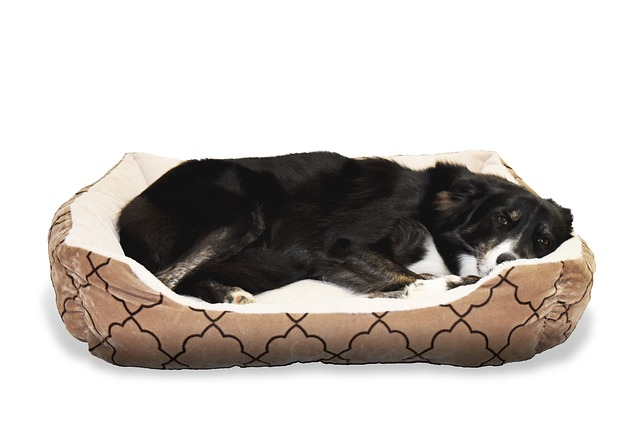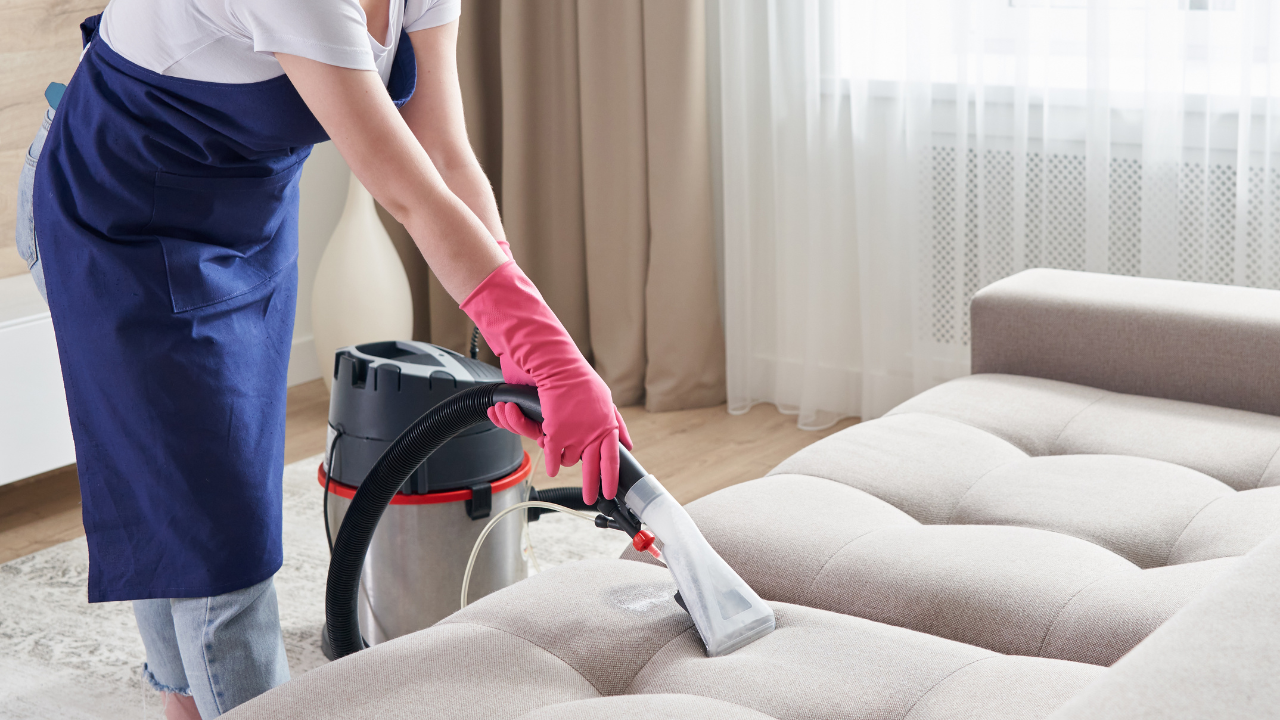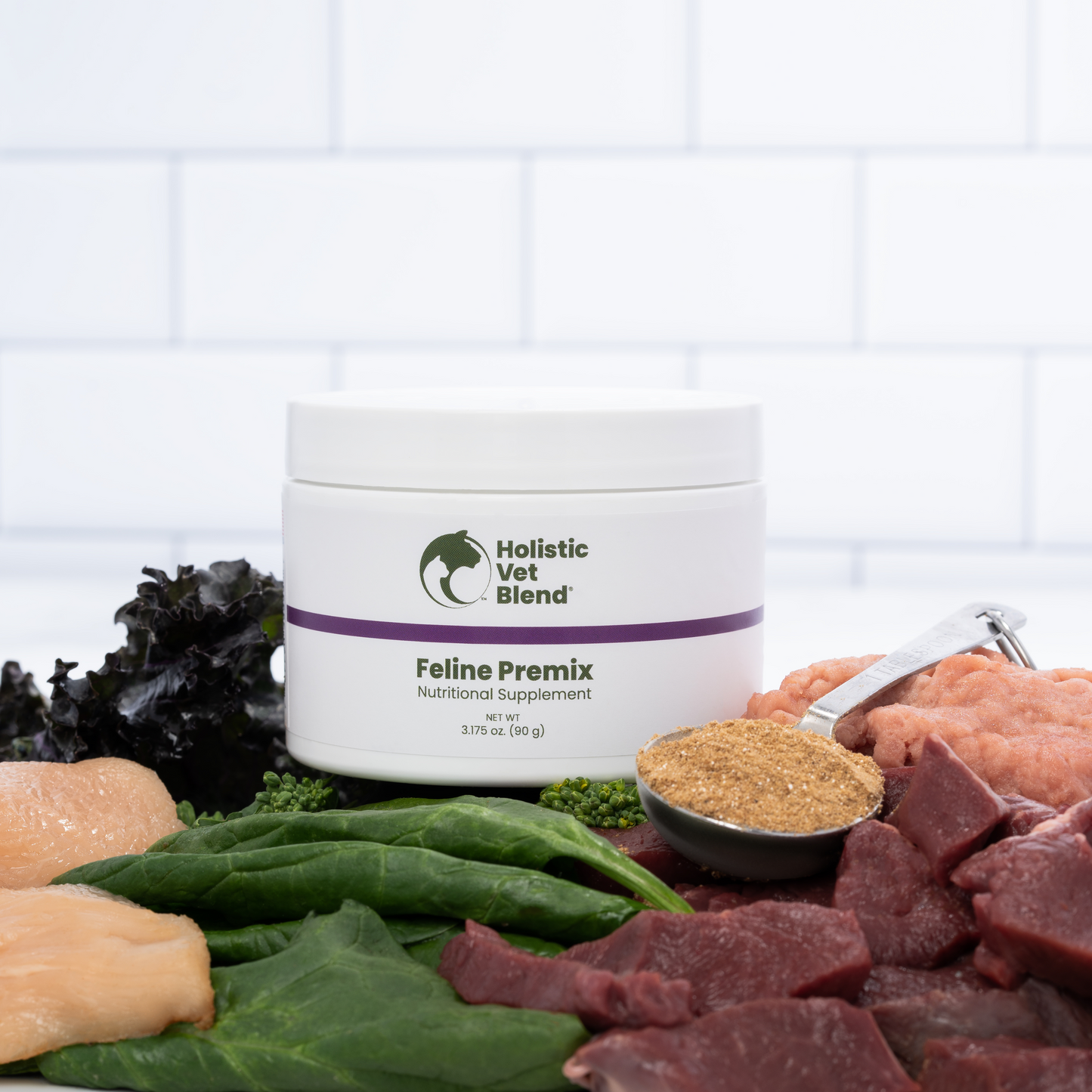
In honor of August being Itchy Pet Awareness Month we will review flea allergy in dog: signs, prevention in the environment, and treatment strategies.
What is Flea Allergy Dermatitis in Dogs?
Flea allergy dermatitis is the most common allergy condition that affects dogs and can cause significant discomfort and irritation. It occurs when a dog develops an allergic reaction to flea saliva.
When a flea saliva comes in contact with the skin it triggers an immune response, leading to intense itching, redness, inflammation, and sometimes even hair loss. Even a single flea bite can set off a cascade of symptoms that can be distressing for our beloved pets.
Are only certain dogs allergic to fleas?
For susceptible dogs even a single flea bite can set off a chain reaction, leading to intense itching, redness, and discomfort. It's like their immune system hits the panic button at the mere presence of these tiny parasites.
Symptoms of Flea Allergy Dermatitis
If you notice your dog incessantly scratching, biting, or licking certain areas of their body, particularly around the tail, back, abdomen, or hind legs, it could be a sign of flea allergy dermatitis. I often say if the itching is from the imaginary beltline back flea allergy is likely a part of the problem (possibly along with other allergies) until proven otherwise.

How is flea allergy dermatitis diagnosed?
Flea allergy dermatitis is diagnosed with a combination of observation of areas affected (from the belt line back), presence of fleas, allergy testing/veterinary examination, and of course, response to treatment. Your veterinarian or veterinary dermatologist may conduct intradermal testing or blood tests that measure specific antibodies to detect allergic reactions.
It's important to note that many pets that are allergic to fleas also have other environmental allergies. It's important to consider these if your pet is not responding to treatment for flea allergy dermatitis.
How Do You Treat Flea Allergy Dermatitis in Dogs?
Environmental control is key. Your veterinarian may give you prescription treatments for topical and oral administration for severe flea bite hypersensitivity.
Environmental Control Measures to Control Flea Infestation

DIY environmental flea control products
Boric acid is a versatile substance that can be used to effectively control fleas in your home. When I lived with two other veterinary students and we had 5 dogs between us, we used this inexpensive DIY method successfully. Here's how you can utilize boric acid:
1.Preparation: Ensure that the room where you will be applying boric acid is well-ventilated. Open windows and doors to allow fresh air to circulate. Keep children and pets away from the area during the application process to prevent accidental ingestion or inhalation.

2.Vacuum Thoroughly: Begin by vacuuming your carpets thoroughly to remove any loose debris, including flea eggs, larvae, and adult fleas. Pay special attention to areas where fleas are likely to hide, such as under furniture, along baseboards, and in hard-to-reach corners. This step not only removes existing fleas but also creates a clean surface for the boric acid to adhere to.

3.Application: Using a shaker or sieve, apply a light and even layer of boric acid across the entire carpeted area. Focus on areas that are prone to flea infestations. It's important to avoid excessive application, as using too much boric acid can be counterproductive and potentially harmful. Remember, a thin layer is all you need for effective results.
4.Distribution and Penetration: Once you have applied the boric acid, use a broom or brush to distribute it evenly throughout the carpet fibers. This aids in the boric acid penetrating deeper into the carpet and reaching the hiding spots of fleas, larvae, and eggs.
5.Allow Time for Action: Leave the boric acid on the carpet for at least 12 to 48 hours to give it enough time to work its magic. During this period, the boric acid dehydrates and kills fleas, larvae, and eggs by disrupting their exoskeletons. Keep your pets and children away from the treated area during this waiting period.
6.Thorough Vacuuming: After the desired waiting period has passed, thoroughly vacuum the treated carpet once again. This helps remove any remaining boric acid residue along with dead fleas and their debris. Vacuum meticulously, ensuring you reach all areas of the carpet, including edges and corners.
Precautions When Using Boric Acid: While boric acid is generally considered safe for use in controlling fleas, it's important to take precautions to ensure the well-being of your family and pets. Keep children and pets away from the treated areas until the boric acid has been thoroughly vacuumed.

Avoid direct contact with boric acid and ensure it does not come into contact with eyes, skin, or food preparation surfaces.
Flea Busters: A Safe Alternative for Homes with Children
If you are concerned about using boric acid around children, Flea Busters is an excellent alternative. This product is specifically formulated to combat fleas while being labeled safe to use around children. Flea Busters works by using a specialized powder that adheres to the carpet fibers and effectively eliminates fleas at various stages of their lifecycle.

With Flea Busters, you can expect similar steps to the boric acid method mentioned earlier. Thoroughly vacuum your carpets, apply the Flea Busters powder, distribute it evenly, allow it to sit for the recommended time, and then vacuum again. The powder is designed to be safe for both children and pets, providing you with peace of mind while effectively controlling fleas in your home.
When it comes to flea control, both boric acid and Flea Busters offer effective solutions. By following the instructions and taking the necessary precautions, you can create a safe and flea-free environment for your family and pets.
Oral Medications
You should take this up with your veterinarian as some pets (especially those prone to neurological issues) can have reactions to many of the newer products. If you are in a tick-borne disease area, you must be diligent about tick checks and should highly consider the risk of tick-borne disease and your pet harboring ticks that you may be exposed to. The potential benefit of prescription flea products that also kill ticks must be weighed against the risk of tick-borne disease to you or your pet.
Mandatory Treatment of All In-Contact Pets with Flea Preventatives
It's important to remember to treat all pets in the household. Just make sure that you never use permethrins that are labeled safe for dogs for use on your cat. This is the most common poisoning according to poison control centers. Cats can have a severe neurological reaction.
Can Fleas Become Resistant to Flea Products?
Just like bacteria, fleas have become more resistant to flea products. Many that worked in the past, no longer have efficacy.
Are There Home Remedies to Treat Flea Allergy in Dogs?
Along with environmental control you can make your own flea repellent with Lemongrass essential oil. Lemongrass is known for its powerful insect-repellent properties, making it an excellent choice for fighting off fleas.

You can use water or a carrier oil such as almond oil, coconut oil, or jojoba oil. It's important to dilute essential oils and ensure they are safe for use on your furry companion's skin. I prefer to use water as it does not make my pets fur greasy. It works well for me.
You will need also need a small, empty spray bottle: This will be used to store and apply the mixture.
Follow these steps:
- Fill a spray bottle with 1 cup of water or carrier oil.
- Add approximately 10-15 drops of lemongrass essential oil to the spray bottle. The exact number of drops may vary depending on the size of the bottle and your preference for scent strength.
- Secure the cap tightly on the spray bottle and shake well to thoroughly combine the oils.
Step 3: Application and Tips With your DIY flea-repellent mixture prepared, it's time to put it to action. Here are some tips for application:
- Before applying the mixture, conduct a patch test by spraying a small amount on your pet's skin and observing for any adverse reactions.
- Avoid spraying the mixture directly onto your pet's face, eyes, or sensitive areas. Instead, lightly mist it onto your hands and then gently apply it to those areas.
- Apply the mixture to areas where fleas are likely to hide, such as behind the ears, along the back, and around the base of the tail. Fleas tend to avoid strong scents, so focusing on these areas can help deter them.
- Remember to shake the spray bottle before each use to ensure the oils are well-distributed.
Step 4: Additional Precautions While lemongrass essential oil is generally safe for dogs, it's always essential to prioritize your pet's safety. Here are a few additional precautions to keep in mind:
- Consult with your veterinarian before using any essential oils on your pets, especially if they have underlying health conditions or are pregnant.
- Monitor your pet closely for any signs of irritation or discomfort after applying the mixture. If any adverse reactions occur, discontinue use immediately and consult your veterinarian.
- Keep the mixture out of reach of children and store it in a cool, dry place.

In conclusion, managing flea allergies in our dogs requires a proactive and informed approach. By implementing effective flea control measures in the environment and repellents, and seeking appropriate veterinary care, we can alleviate the discomfort caused by these pesky parasites. It is crucial to stay vigilant, observe any signs of flea allergies, and take prompt action to provide relief for our beloved pets. Together, let's ensure our furry friends lead happy and comfortable lives, free from the annoyance of flea allergies.










